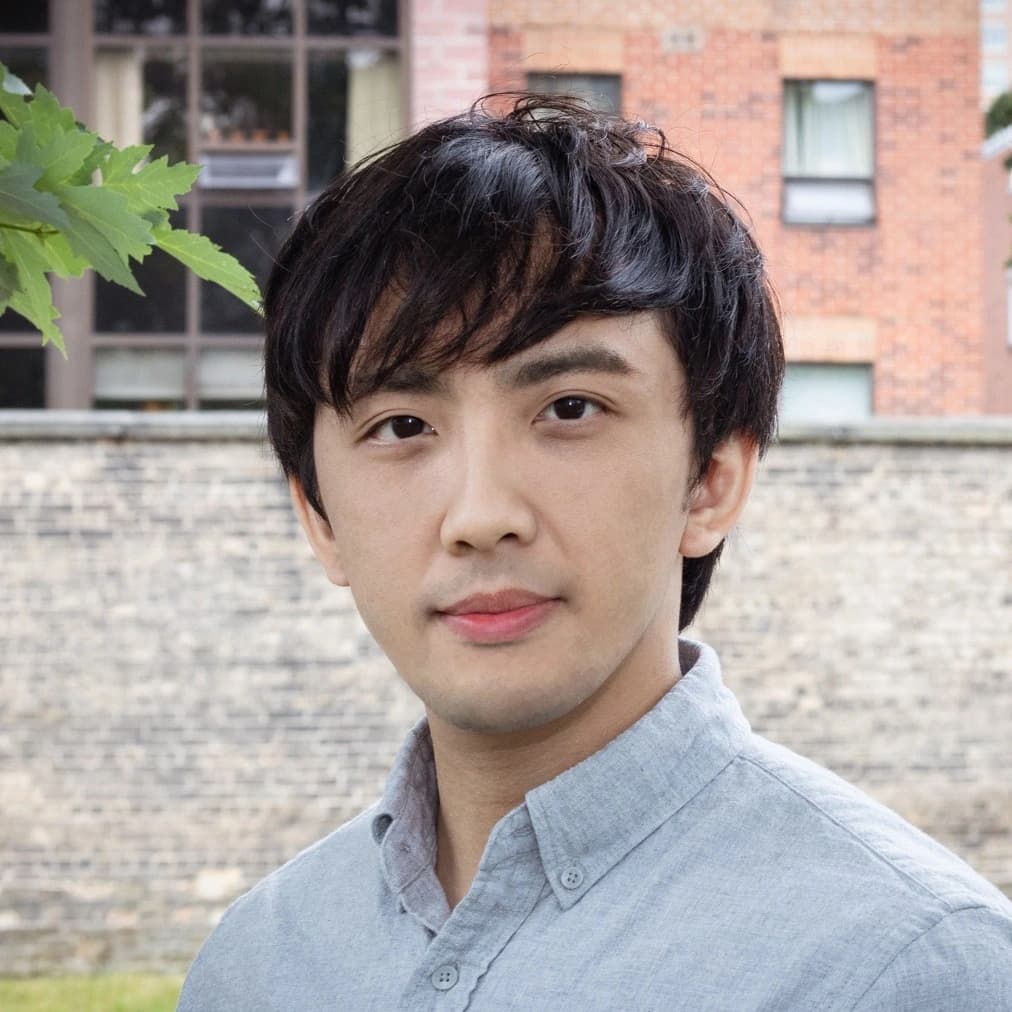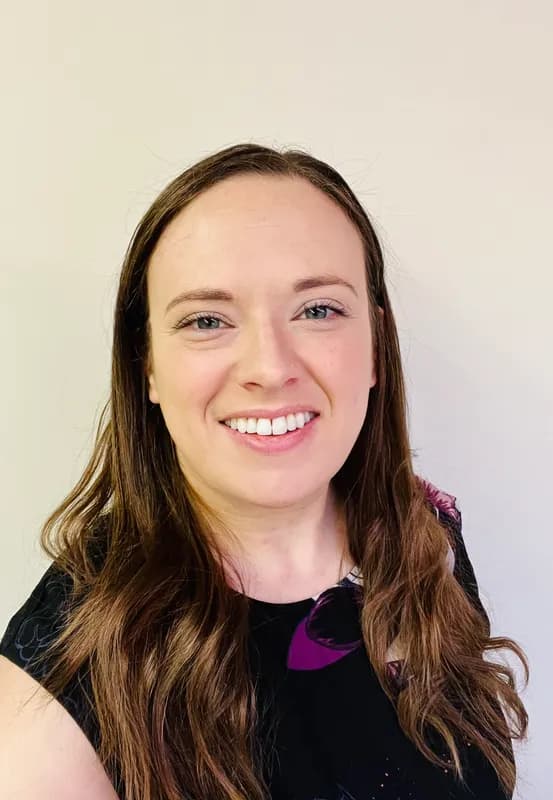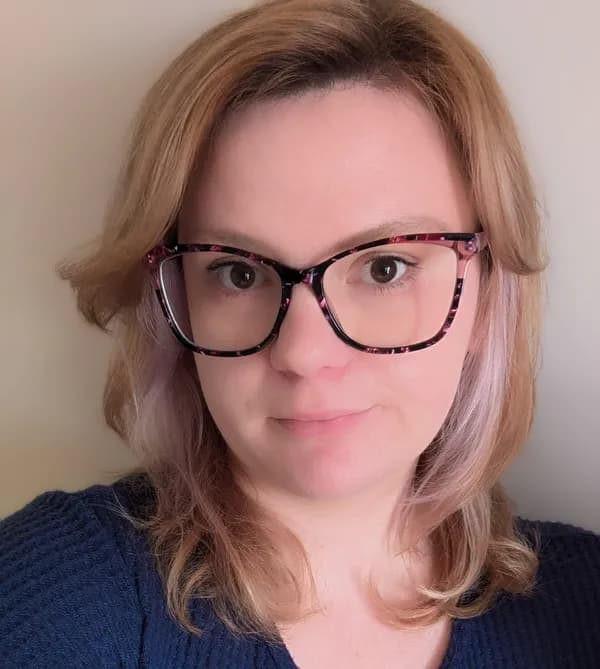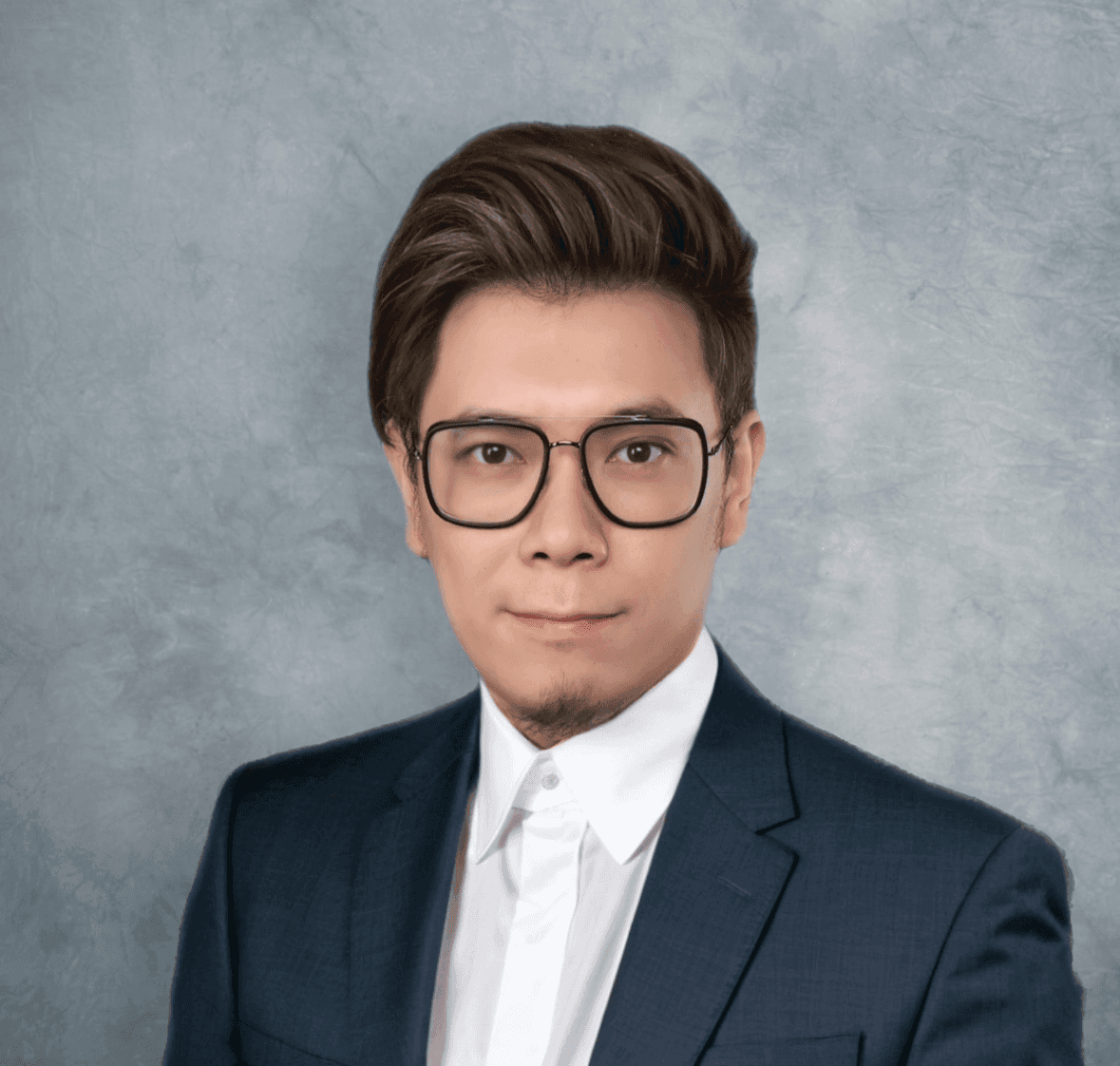Picture this: You're at your family's Thanksgiving dinner, and your mom starts her annual critique of your career choices. Your stomach tightens, your jaw clenches, and suddenly you're either snapping back defensively or retreating into silent resentment. Sound familiar? You're not alone, and more importantly, there's a better way forward.
What if you could stay true to yourself while maintaining loving family relationships? What if you could disagree with your parents without starting World War III, or set boundaries without building walls? This isn't just wishful thinking. It's the practical wisdom of Bowenian Family Therapy, developed by psychiatrist Murray Bowen in the 1960s and backed by decades of research.
The art of being yourself in your family
At the heart of healthy family relationships lies what Bowen called "differentiation of self". Essentially, your ability to be authentically you while staying emotionally connected to the people you love. Think of it as learning to dance with your family rather than stepping on each other's toes.
Differentiation operates on two levels: knowing the difference between your thoughts and feelings, and maintaining your sense of self while staying close to others. When you're well-differentiated, you can listen to your sister's political rants without feeling compelled to either agree or argue. You can love your parents while choosing a different path in life.
Research consistently shows that people with higher differentiation experience better psychological health, stronger marriages, and more positive relationships across generations. But what does this look like in everyday life?
Consider Sarah, a 28-year-old teacher whose parents constantly worry about her unmarried status. In the past, she'd either get defensive ("There's nothing wrong with being single!") or withdraw ("I'm not discussing this"). Now, she practices differentiation: "I understand you want me to be happy, and I appreciate that you care. I'm content with my life right now, and I'll let you know if that changes." She acknowledges their concern without taking responsibility for their anxiety or abandoning her own truth.
The two forces fighting for your soul
Bowen identified two powerful forces that shape all our relationships: the drive for togetherness and the need for individuality. The togetherness force pulls us toward emotional closeness and agreement, while the individuality force pushes us toward autonomy and self-direction.
Neither force is inherently good or bad. Problems arise when one dominates the other. Too much togetherness, and you lose yourself in the family mesh, saying yes when you mean no, adopting others' dreams as your own. Too much individuality, and you become isolated, cutting yourself off from the very relationships that could nourish you.
Optimal functioning occurs when these forces are balanced, roughly fifty-fifty, with enough flexibility to adapt to changing circumstances.
Let's see this in action with the Martinez family. When their teenage son Diego wants to skip the family's annual camping trip to attend a friend's birthday party, two extremes could play out. In a highly fused family (too much togetherness), parents might say, "Family comes first, no exceptions," while Diego might rebel or comply resentfully. In an overly individualistic family, they might dismiss family traditions entirely.
A differentiated approach? Diego expresses his conflict honestly: "I really want to be with my friend, but I also value our family time." His parents acknowledge the dilemma: "We understand this is important to you. Let's see if we can find a solution that honors both." Maybe they adjust the camping dates, or Diego commits to a special one-on-one activity with his parents later. The key is that everyone's needs matter, and creative solutions preserve both connection and autonomy.
The dangerous path of emotional cutoff
When family relationships become too intense or painful, many people choose emotional cutoff, which they will physically or emotionally distance themselves from family members. This might look like moving across the country, limiting contact to superficial holiday calls, or internally dismissing family as "not important".
Here's the paradox: the more you cut off, the more emotionally reactive you often become. Research shows that families with higher levels of cutoff experience more symptoms and dysfunction. When you haven't learned to manage difficult relationships, you're likely to recreate similar patterns elsewhere.
Take Alex, who stopped speaking to his critical father five years ago. He thought he'd found peace, but his supervisor's feedback style triggers the same defensive reactions he had with his dad. His marriage suffers when his wife offers suggestions. Suddenly, she sounds just like his father. The unresolved emotional intensity doesn't disappear; it gets redirected.
Emotional cutoff differs dramatically from healthy boundaries. Healthy differentiation might mean limiting time with a difficult family member while staying emotionally present when you are together. You might say, "I can visit for two hours on Sunday, and I won't discuss my job during that time." You're choosing connection on your terms rather than complete disconnection.
Learning to use your voice: The "I Position"
One of the most practical tools in Bowenian therapy is learning to take an "I position", which is to speak for yourself without attacking others or defending yourself. This sounds simple but requires practice.
Instead of: "You always criticize everything I do!" Try: "I feel discouraged when my choices are questioned."
Instead of: "You never listen to me!" Try: "I don't feel heard when I'm interrupted."
The "I position" isn't about being passive. It's about being powerful in a non-reactive way. You're stating your experience without making others responsible for your feelings or trying to control their responses.
Maria used this technique when her mother-in-law criticized her parenting. Previously, she'd either argue ("That's not how we do things!") or complain to her husband later. Now she says calmly, "I understand you have experience with children. John and I have thought through our approach, and we feel good about our choices." She's neither defensive nor dismissive. She's simply clear about her position.
Escaping the triangle trap
Triangulation occurs when two people involve a third person to manage tension between them, creating emotional triangles that increase anxiety for everyone involved. Families are full of these triangles, and learning to avoid them is crucial for your emotional health.
Common family triangles include:
Mom complains to you about Dad instead of addressing him directly
Your brother asks you to "talk sense into" your sister
Your adult child tries to get you to side with them against your spouse
When someone tries to triangle you, respond with phrases like:
"That sounds like something you need to discuss with [person]."
"Have you talked to them directly about this?"
"I care about both of you, but I can't be in the middle of this."
The Johnson family experienced this when their daughter Emma tried to get her mother to convince her father to increase her allowance. Previously, Mom might have said, "I'll talk to your father," which would put her in the middle and potentially create conflict between the parents. Instead, she said, "That's between you and Dad. I'm confident you two can work it out." Emma learned to negotiate directly with her father, strengthening their relationship and keeping Mom out of the triangle.
Breaking free from generational patterns
Families unconsciously pass down emotional patterns across generations through what Bowen called the multigenerational transmission process. These patterns include communication styles, ways of handling conflict, and relationship dynamics.
Understanding your family patterns isn't about blame. It's about choice. When you recognize that your tendency to withdraw during conflict mirrors your grandfather's behavior, you can choose a different response. Small differences in differentiation levels between parents and children accumulate over generations, leading to either increasing emotional health or dysfunction.
Create a simple family genogram (like a family tree but with relationship patterns) by drawing three generations and noting:
Communication patterns (who talks to whom, who avoids conflict)
Relationship dynamics (close, distant, conflicted)
Coping strategies (how each person handles stress)
Look for themes. Do the men in your family tend to withdraw when stressed? Do women become over-responsible for others' emotions? Once you see the patterns, you can choose to respond differently.
Daily practices for growing up in your family
Morning Intention Setting: Start each day by reminding yourself of your core values. Before family interactions, ask: "How can I stay true to myself while remaining open to connection?"
The Pause Practice: When you feel reactive during family interactions, take a moment to breathe and ask: "Am I responding from my thinking or my emotions? What would my best self do here?"
Evening Reflection: Each night, consider: "When did I lose myself today? When did I stay true to myself while remaining connected to others?"
Boundary Conversations: Practice having calm, clear conversations about your limits. "I love spending time with you, and I need to leave by 8 PM to get enough sleep." No justification required—just clear, kind communication.
The ripple effect of your growth
Here's the beautiful truth about differentiation: as you become more differentiated, you naturally encourage others to do the same. When you stop trying to change your family members and focus on your own growth, they often begin to shift on their own.
This doesn't mean everyone will change—you can't control others' responses. But you can control your own growth, and that growth creates space for healthier relationships. As family therapist Jenny Brown notes in her book "Growing Yourself Up," when one person in a family system becomes more differentiated, it positively affects the entire system.
Your Journey Forward
Growing up in your family is a lifelong process, not a destination. Some days you'll nail the "I position" with your mother's unsolicited advice. Other days you'll find yourself in the same old reactive patterns. That's normal. What matters is your commitment to awareness and growth.
Differentiation is associated with better physical health, stronger relationships, and greater life satisfaction. More importantly, it's associated with the ability to be genuinely yourself while maintaining the family connections that matter most.
Start small. Practice the "I position" in low-stakes conversations. Set one boundary this week. Notice when you're being pulled into triangles and politely step out. Pay attention to multigenerational patterns and choose to respond differently.
Remember: you can't change your family, but you can change how you show up in your family. And sometimes, that changes everything.
Your family gave you life, but differentiation gives you the ability to live that life authentically while staying connected to the people who matter most. That's not just growing up—that's growing into the person you're meant to be.
About Stellocare
This insight comes from Stellocare, Canada’s trusted network of verified mental health professionals. Connect with our therapists today by asking our AI, browsing our list, or requesting a personal match from our social worker.


























